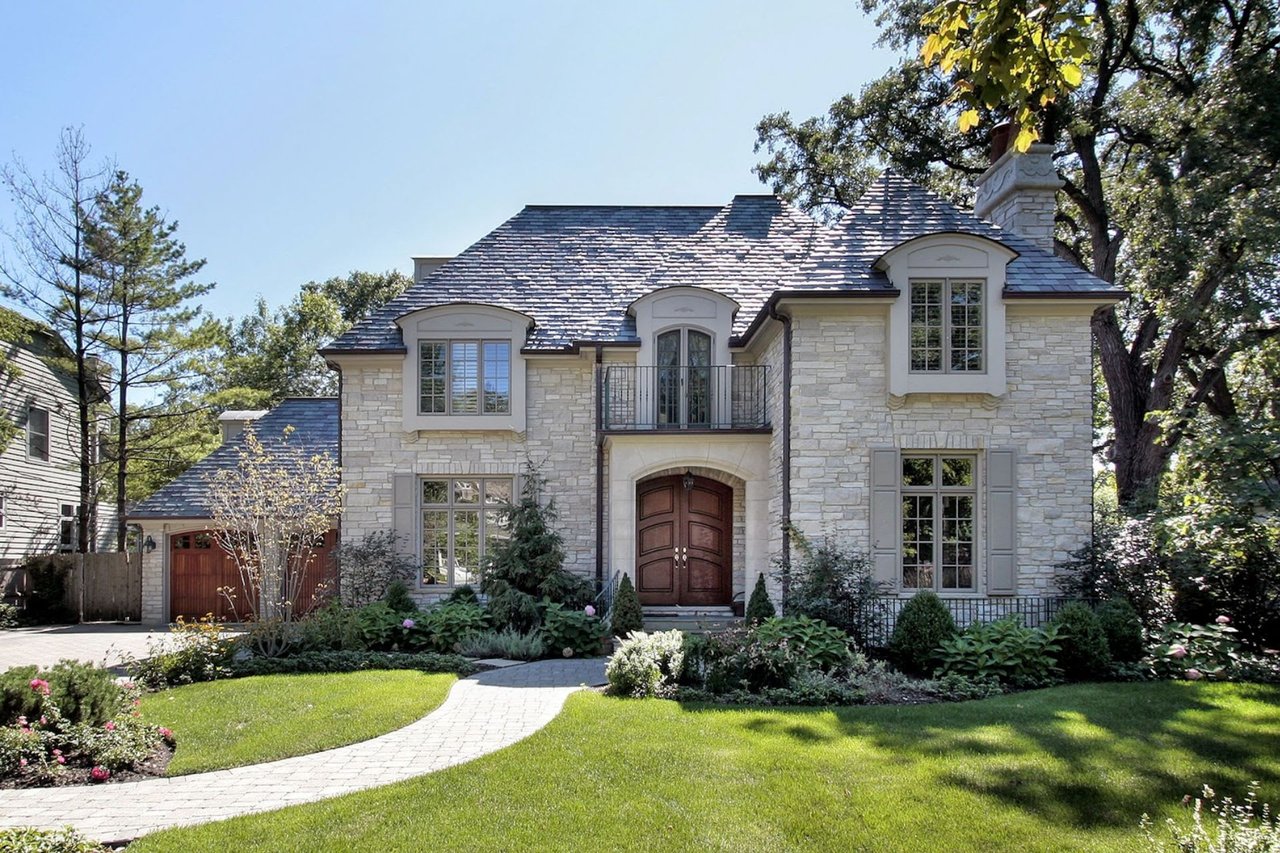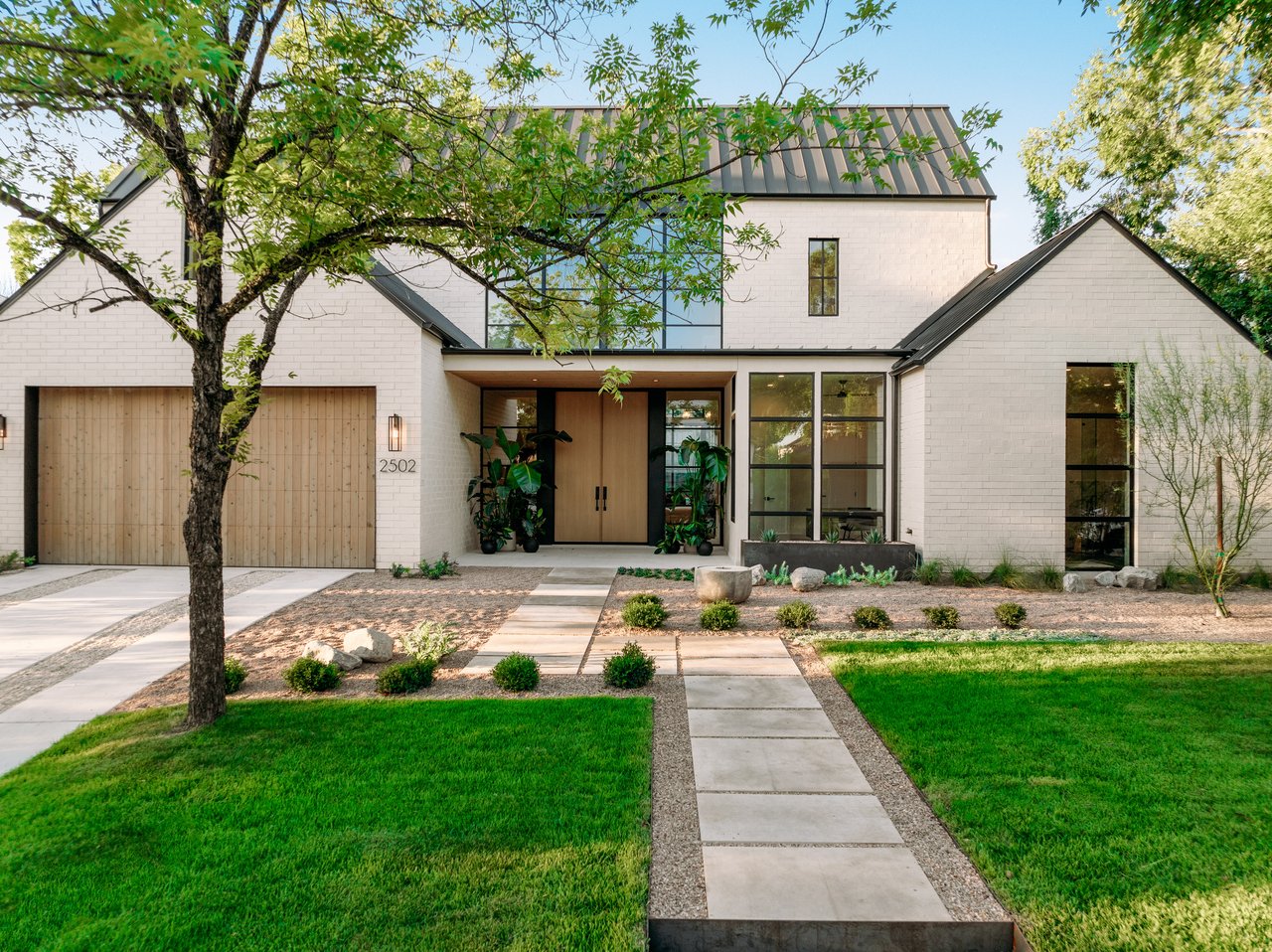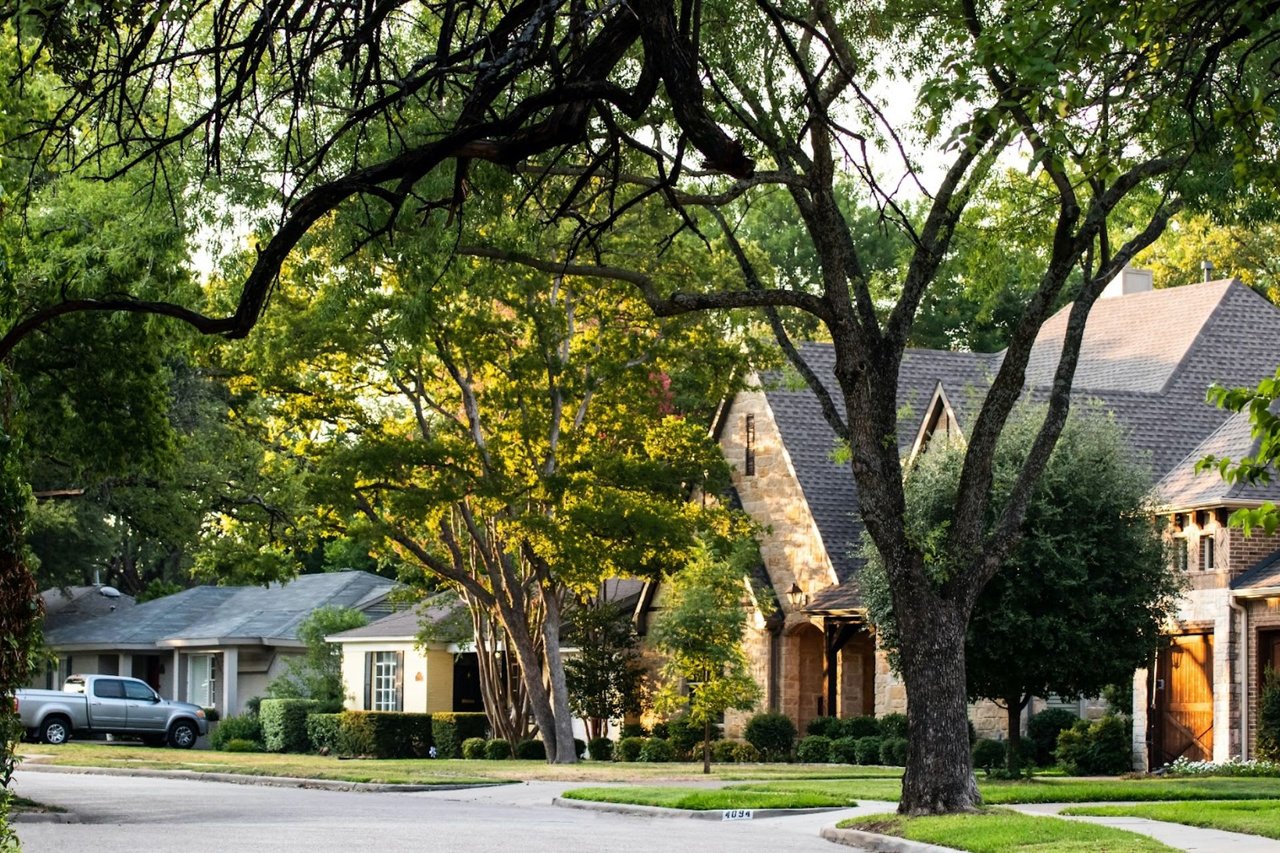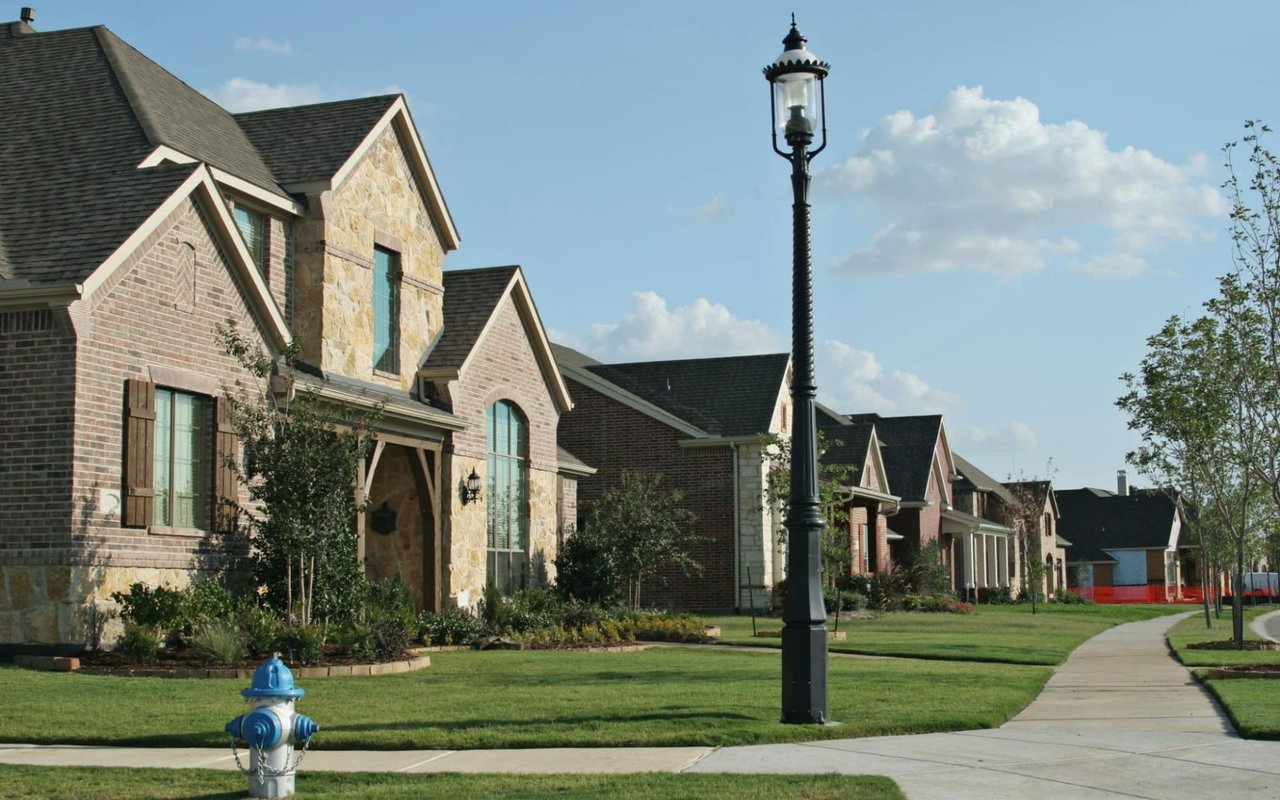Centrally located in north Austin, historic Bryker Woods exudes nostalgic storybook charm. Composed chiefly of quaint single-family households, shaded trees and lush lots dot the neighborhood, giving it a classic community touch. Lamar and Mopac Boulevard give residents access to the northern and southern parts of the suburb, filled with unique boutiques, fresh markets, state-of-the-art recreation centers, and more.
Established in 1886 as one of three suburbs included in the Old West Austin Historic District, this community is one of the city’s earliest-formed neighborhoods. The neighborhood was primarily developed in the late 1930s but maintains its celebrated beauty through its architecture. In fact, Bryker Woods architecture and other styles in nearby Old Enfield and Pemberton Heights have such historical significance that the United States Department of Interior recognizes them on the National Register of Historic Places.
The architectural prestige of homes in Bryker Woods adds to the fabric of the suburb. From modern estates to traditional cottages, the variety of housing designs make Bryker Woods a great place to settle down. Here are 11 architectural styles in Bryker Woods and Old West Austin, catching the hearts of many looking to relocate soon.
Colonial Revival
The most prominent residential architectural style in Bryker Woods is Colonial Revival. Coined as a mixture of uniquely American designs, the resurgence of Colonial exteriors in the neighborhood was sparked by the renovation of Williamsburg, Virginia, in the 1930s. Colonial revival homes are stately and characterized by symmetrical facades, simple layouts, and traditional side gabled roofs.
Gothic Revival
Also referred to as Victorian Gothic or neo-Gothic, Gothic Revival draws inspiration from the mid-19th century romantic movement. Pulling from medieval elements, this architectural style is quickly identified by its lancet windows, vertical emphases like board-and-batten elements, and elaborate detailing. The Fisher-Gideon House, affectionately known as the Pemberton Castle, is a classic example of this architectural style.
Classical Revival
The Classical Revival or Neoclassical style is all about masonry of monumental proportions. This architectural style uses brick, stone, and terra cotta materials to create its classic Roman-influenced elements. Towering pillars, enormous porticos, and domes with impeccable symmetry generally characterize classical Revival. This temple-like form is displayed primarily through Bryker Woods banks, churches, and courthouses.
Tudor Revival
Sticking to the revival styles in the area, Tudor Revival is a unique and easily recognizable architectural design made especially popular in the 1920s. Details may include ornamental brickwork, overhanging roofs, and, most notably, diamond-shaped board and batten accents. Several historic residences in the Old West Austin District retain their Tudor allure.
Spanish Colonial Revival
Spanish Colonial Revival is an eclectic combination of Spanish Baroque and inspirations from the 20th-century Arts and Crafts Movement. Smooth, stucco walls, low or flat roofs with rounded terracotta tiles, rounded window encasements, and asymmetrical facades almost always characterize this style. Though not as prevalent as other revival styles on this list, there are a surprising number of residential properties in the Spanish Colonial style in Bryker Woods.
Greek Revival
Not to be confused with Neoclassical designs, the Greek Revival is another wildly popular temple form architectural style in the Bryker Woods neighborhood. The main difference between Greek Revival and its close cousin, Classical Revival, is its size. While the Classical Revival style focuses on over-the-top proportions, buildings in the Greek Revival fashion tend to be more squat. With its alabaster paint, stout Ionic pillars, and straightforward layout, The Woodlawn Mansion is the area’s largest Greek Revival mansion.
Prairie School
Developed by the legendary architect Frank Lloyd Wright in Chicago, the Prairie School architectural style is an authentic American creation. The Midwest movement attempted to pay homage to the environment while developing an architectural style indigenous to North America that shared no other aesthetics with classical European architecture. The design is marked with large, overhanging eaves and hipped or flat roofs, emphasizing the horizontal. The Ethel Felder Webster House is one of the prominent homes showcasing this distinctive style.
Craftsman bungalows
A common residential style throughout Bryker Woods is the Craftsman design, born from the Arts and Crafts movement. While the term bungalow refers to a specific type of building, Craftsman details include exposed overhanging beams, detailed window panes, shaded front porches, and triangular roofs. The Judge Robert Lynn Batts house overlooking Shoal Creek is an intact example of a Craftsman-style property.
Art Moderne
The historic Bohn House is a quintessential model of Art Moderne. Also known as Streamlined Moderne, the design style emerged in the 1930s as an antithesis of Art Deco. Contrary to Art Deco’s emphasis on vertical embellishments and geometric shapes, Art Moderne is characterized by organic curves and rounded corners, elongated horizontal lines, and smooth walls without ornamentation.
International
The International architectural style is based on the practical use of modern materials like steel, glass, and concrete, functionality, and the rejection of the ornate or any historical precedent. Forms are rectangular, planes are thin and taut, and there’s an emphasis on volume instead of mass. International-style facades are usually rectilinear, devoid of details, and asymmetrical. This style is prominent in school buildings, city department buildings, and hospitals around Bryker Woods.
Ranch
Ranch-style homes are easily spotted as sprawling, single-story layouts, low-pitched roofs, and lowkey design elements usually mark them. Also known as ramblers, large windows, attached garages, and moderate overhanging roofs further characterize these homes. This architectural style is a principal residential design perfect for young families and retirees.
Bryker Woods is a neighborhood whose architecture reflects the history of its residents, and it's in this spirit of continuity that the suburb continues to grow and evolve. For those who wish to find a home in Bryker Woods, there are plenty of styles to choose from, but one thing is sure – they will all be attractive options.
With so many potential architectural styles to choose from, it can be hard to narrow down your options. Erin Fabacher is the top real estate agent in Bryker Woods and can help you find the perfect home for your needs. Contact Erin today!
Bryker Woods is a neighborhood whose architecture reflects the history of its residents, and it's in this spirit of continuity that the suburb continues to grow and evolve. For those who wish to find a home in Bryker Woods, there are plenty of styles to choose from, but one thing is sure – they will all be attractive options.
With so many potential architectural styles to choose from, it can be hard to narrow down your options. Erin Fabacher is the top real estate agent in Bryker Woods and can help you find the perfect home for your needs. Contact Erin today!



